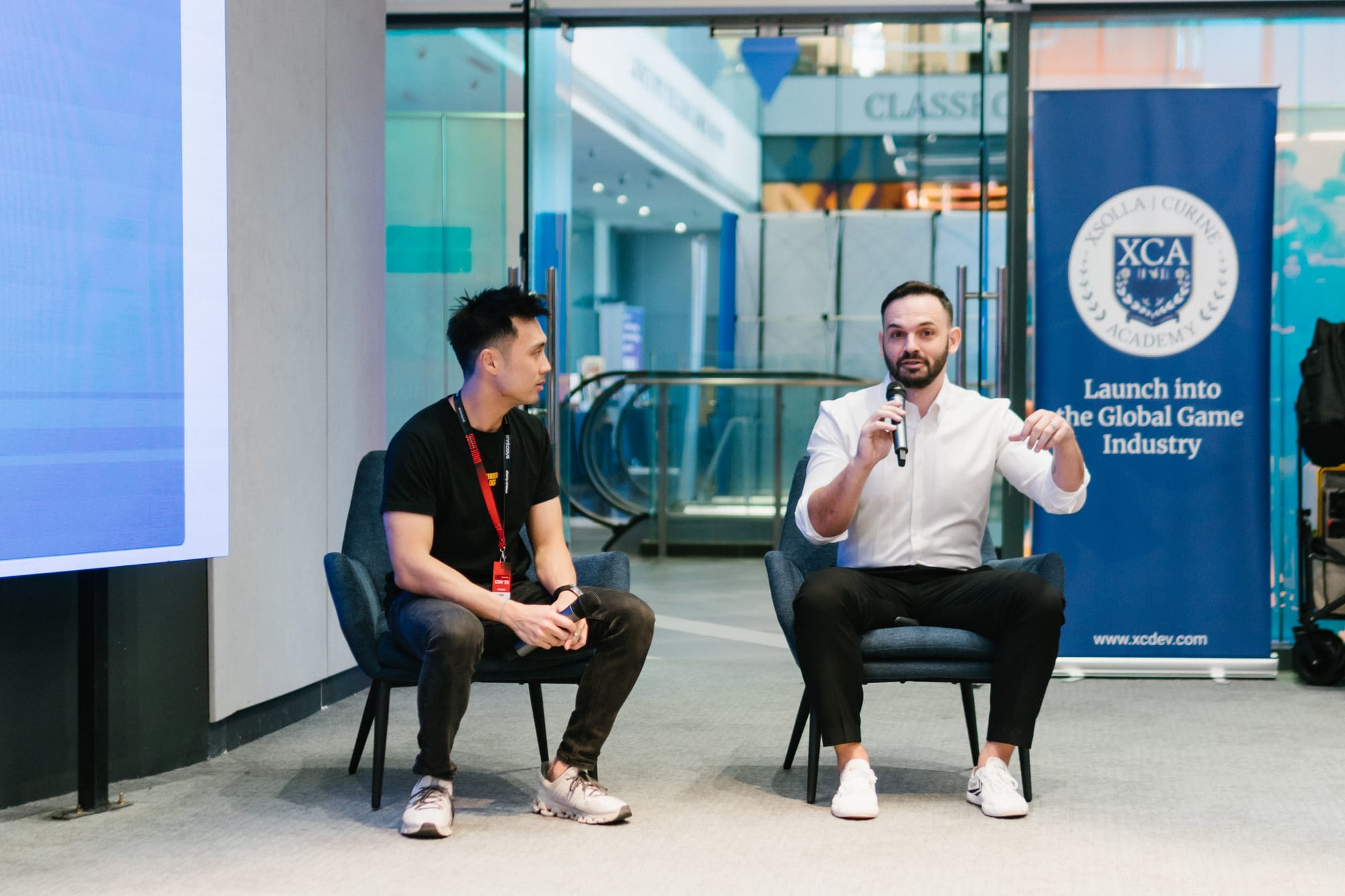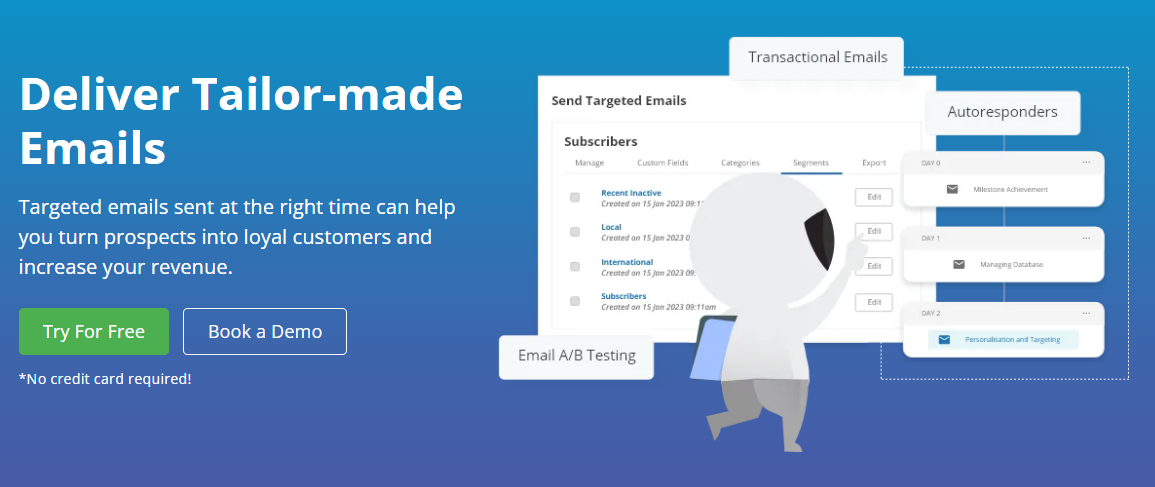19 rules to running workshops that people love (and learn from)
I'm sharing 19 of my favorite strategies today for designing workshops that hold attention, spark “A-ha” moments, and have them walking away saying, “Wow, that was a great session!”

After some sitting through workshops and webinars (including running plenty myself), here is a list – not of what to teach, but how to teach it so people leave saying, “Wow, that’s a good workshop.”
For context, when I say workshops, these are workshops for adult learners. I have mostly sat in workshops for business owners, marketers and working professionals, but these should apply to most general workshops.
Here are the 19 things I remind myself every time I run a workshop:
- Tell people when their breaks are. Breaks are sacred. It’s a big blunder to skip or shorten a break just to cram more “content,” murdering your audience’s ability to pay attention – unless your name is Tony Robbins.
- Use a timer for activities. Show it on screen. Without it, people will just lose focus, start “small talking,” and not do the activity.
- Sticky notes. Get your audience to come in front and write their #1 goal from the workshop in the beginning. This activity gets people engaged, and also helps you figure out who’s in the crowd and what you need to tweak in your workshop.
- Show examples, always. Most people don’t come for the theory. They come for the case study and examples.
- Drop an A-ha every 15 minutes. Your audience’s minds will drift when they don’t get a golden nugget every few minutes.
- Get learners to discuss with each other. The best insights don’t come from your slides. They come from focused discussions.
- Always do a recap at the end. This reinforces learning.
- Give people a way to take action immediately. People become encouraged when they experience quick wins.
- Provide tools/templates. Don’t let them leave empty-handed.
- Design for attention, not just learning. Attention isn’t just for marketing and social media. Learning is impossible if people don’t pay attention.
- Pre-arrange groups. Don’t waste time figuring it out mid-session.
- When teaching a skill, show the steps. Don’t assume they know how. What comes easy to you can be rocket science for others.
- No one’s thinking about you. Your learners don’t care how you look or sound. They’re thinking about lunch or their next task. Free yourself from stage anxiety.
- Prompt better Q&A. Asking “Any questions?” is the biggest sin you can commit. It’s too vague and most people will remain silent because they’re afraid of getting spotlighted. Instead, say “Ask me one thing about [topic] you’re still unsure about.”
- Give a follow-through plan. End the workshop with a plan that people can follow. Don’t end it with, “OK… now go apply everything you’ve learnt.”
- Use peer feedback. Make them learn from each other. Make use of the other minds in the room.
- Use the burger method to share feedback. Positive → Constructive → Positive. Example: “I love that you have made a solid marketing plan with ten steps. Where you could improve is your thought process on audience targeting. But I’ll say, really good job mapping out the traffic sources.”
- Ask for key takeaways. Ask your learners for their key takeaways, not yours. You’ll see if you’ve successfully delivered what you showed up to teach.
- Use quizzes. But use them to spark discussions – not just right or wrong answers. This is also a chance to solidify what your audience has learned.
And a bonus:
Always end early. No one ever complains about that. But people will always complain if you end late.

Want to turn opens into revenue?
Join me for an upcoming email marketing workshop where we’ll break down exactly how to write, schedule, and automate emails that get clicked.
Seats will be limited. Watch your inbox for the invite. And be prepared to put workshop lessons into action immediately.
Grab your free Enginemailer account and use code CMOMAILER10K to lift your daily sending limit.
This tool rids you of tech headaches, so you can focus on writing messages that connect.

